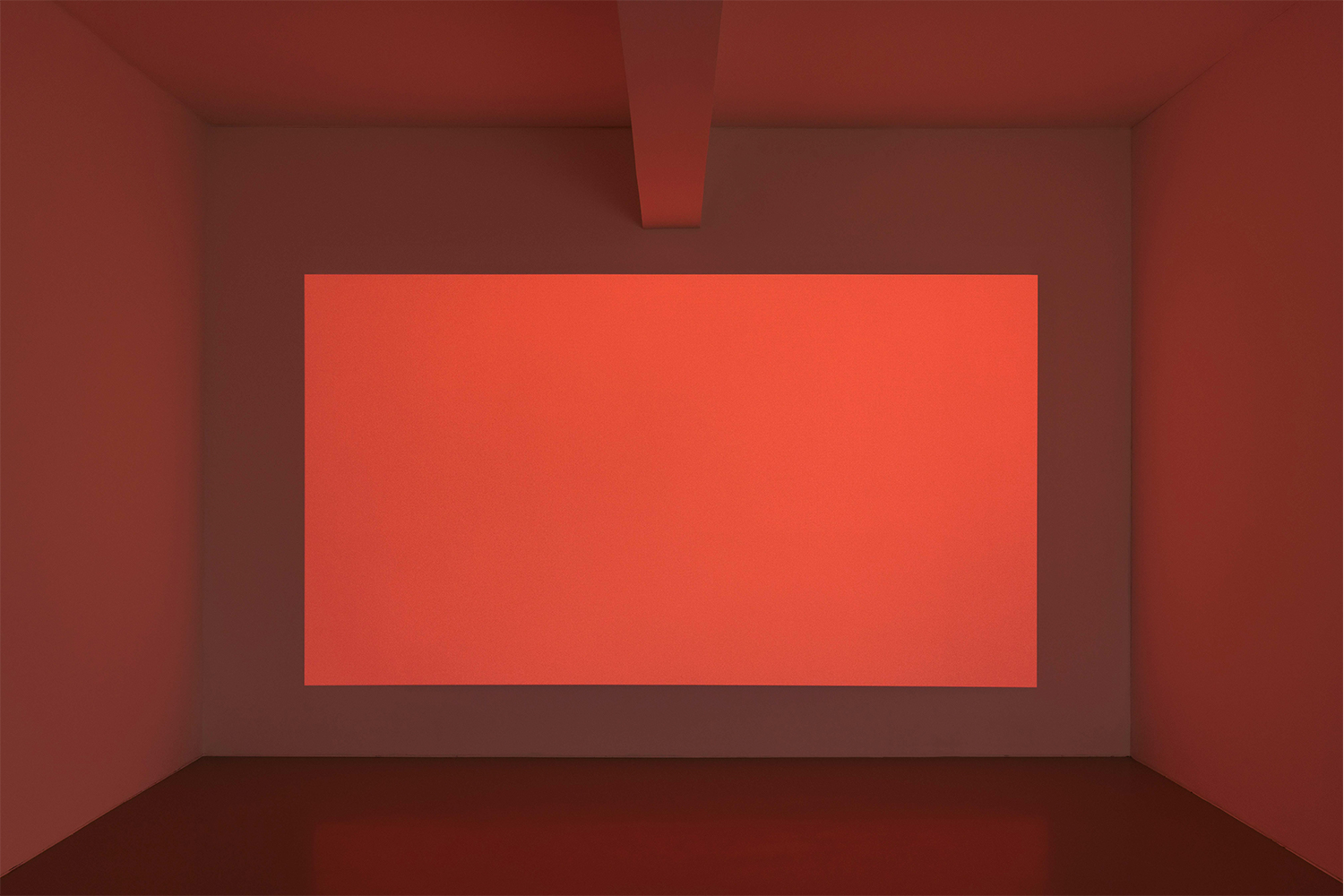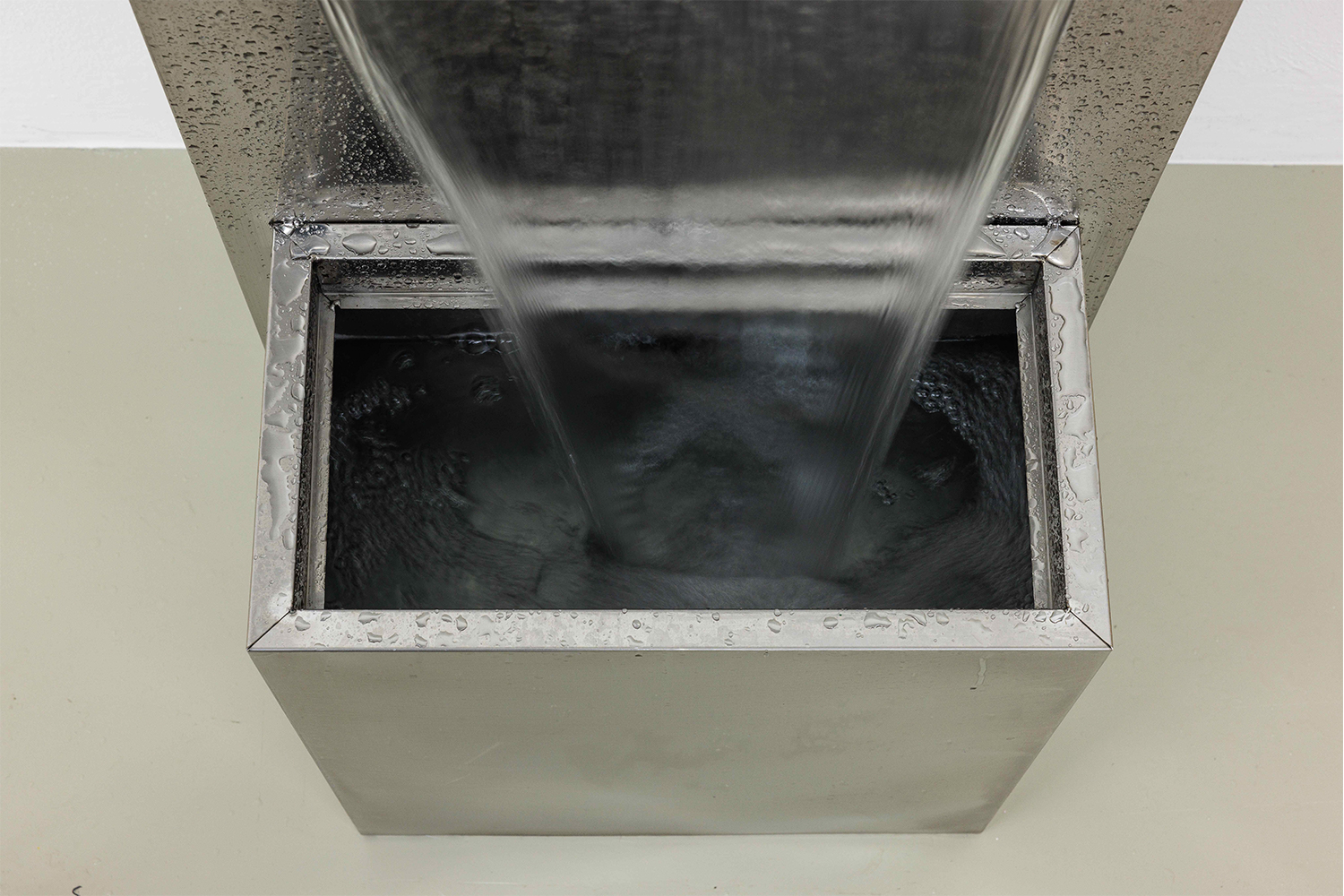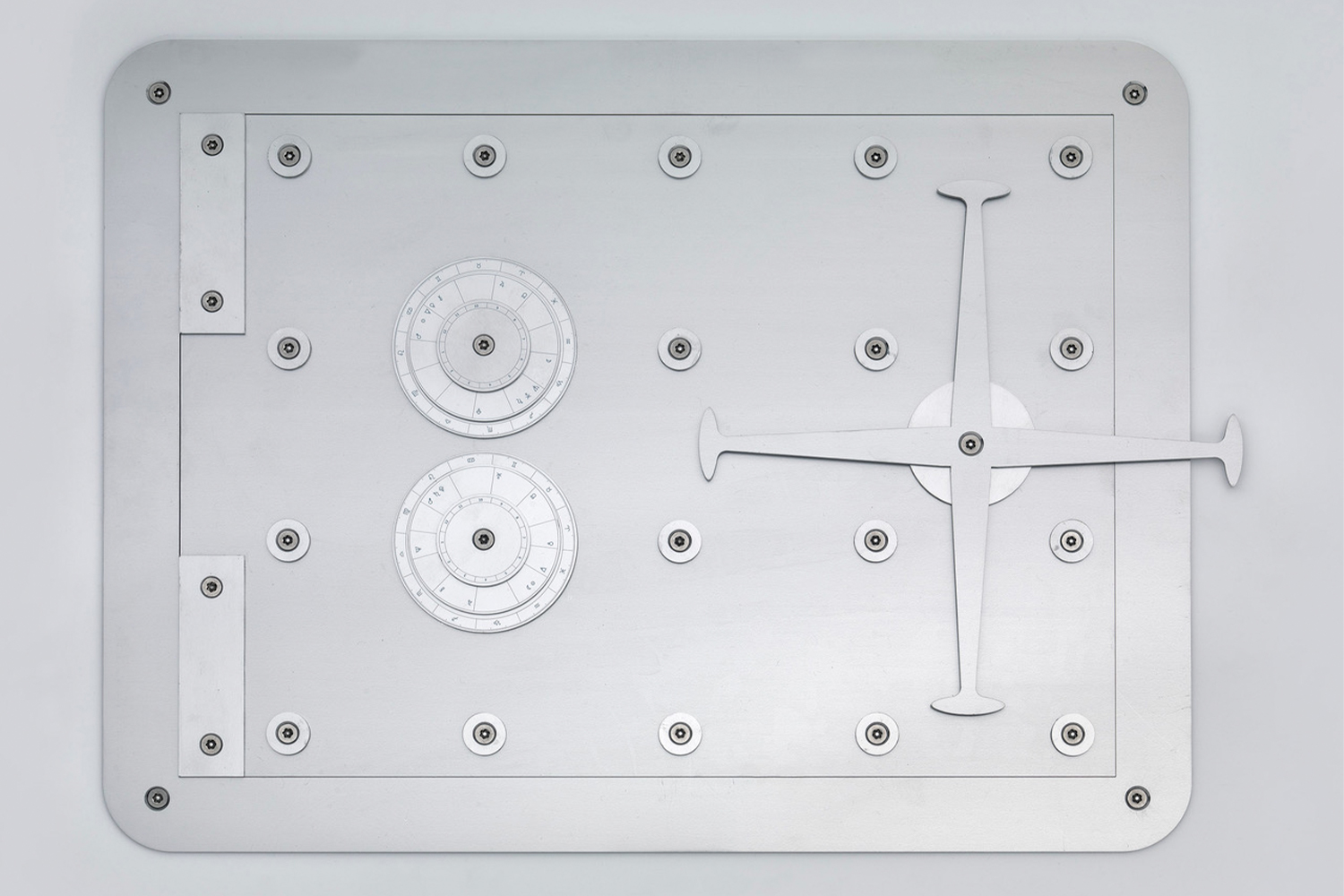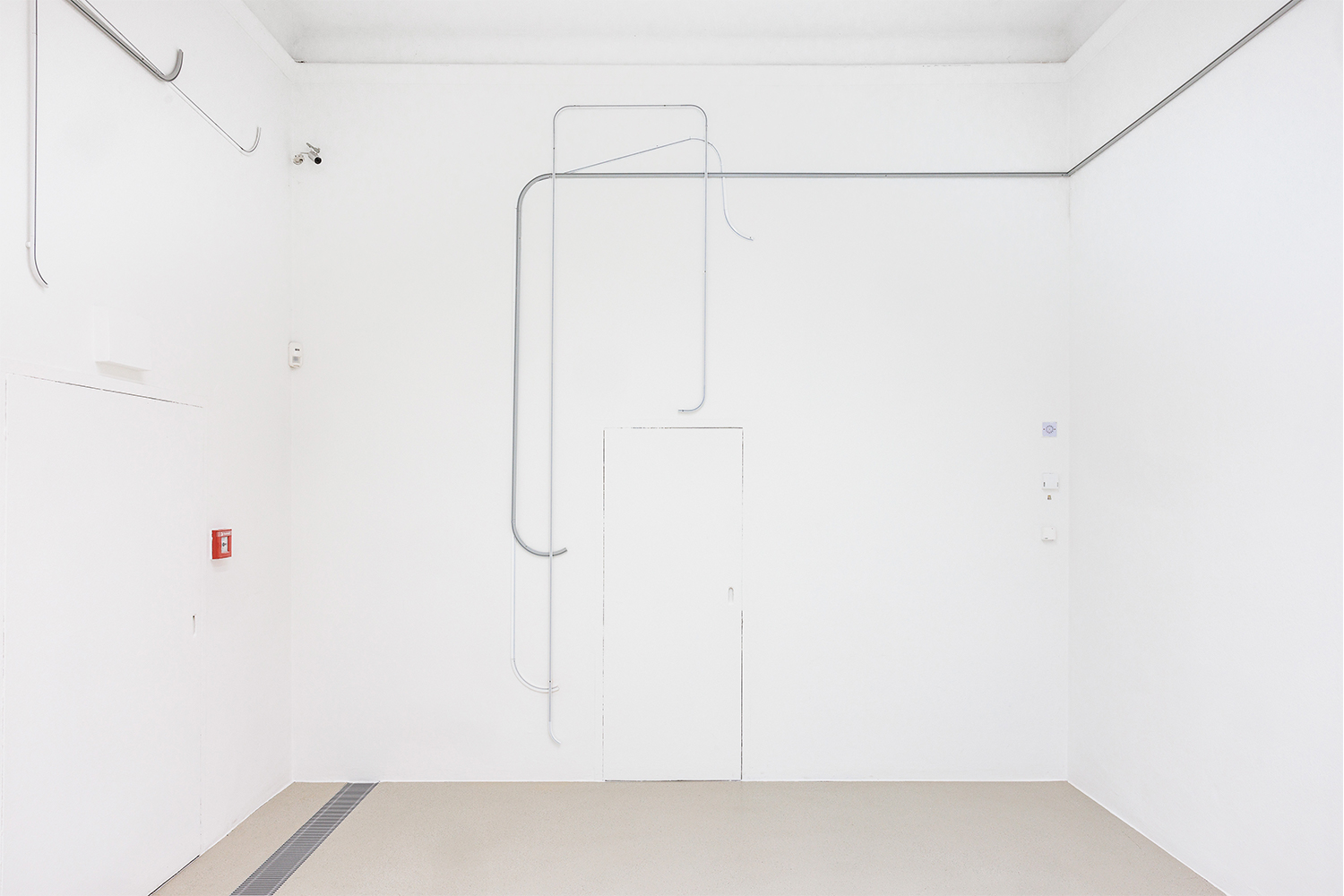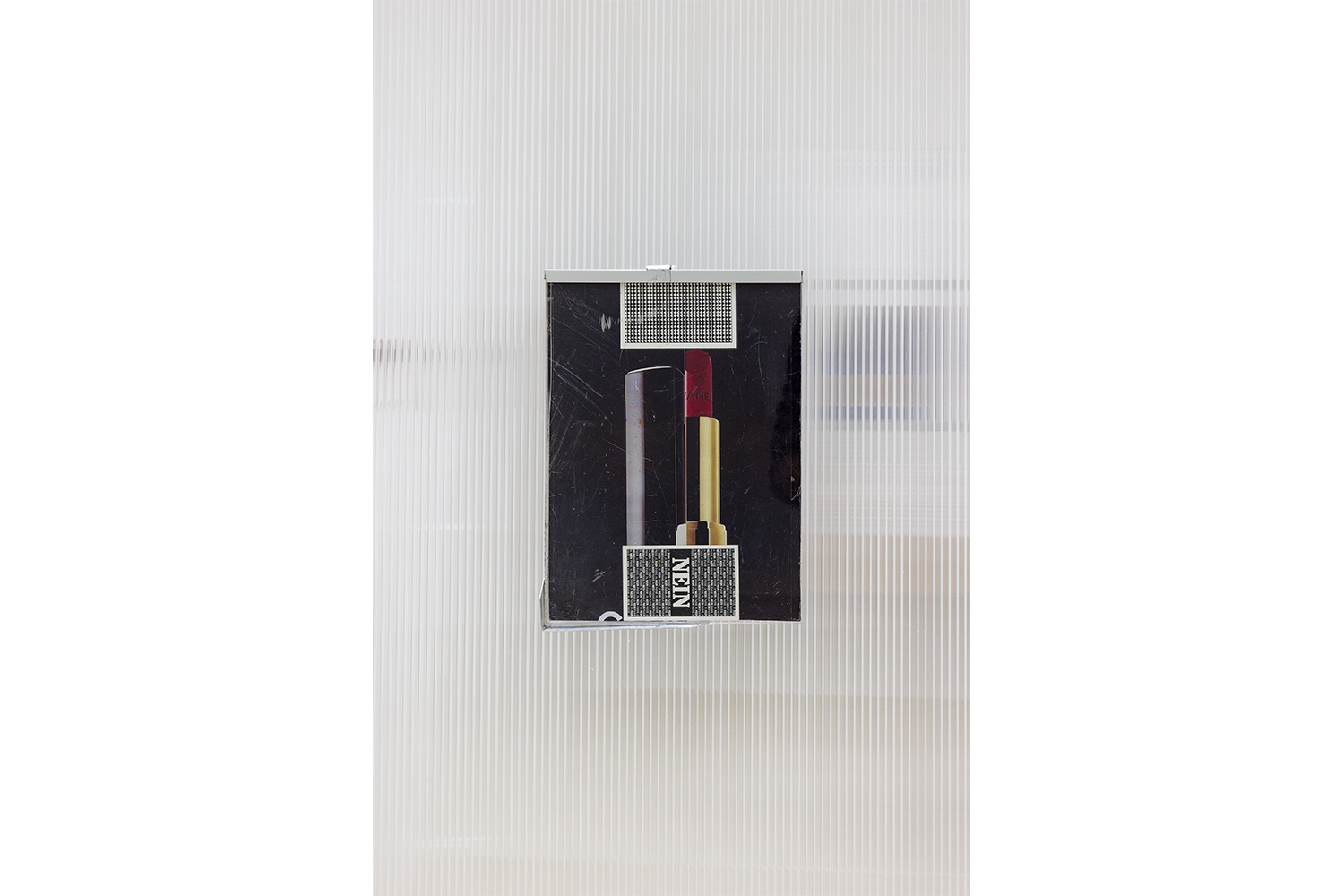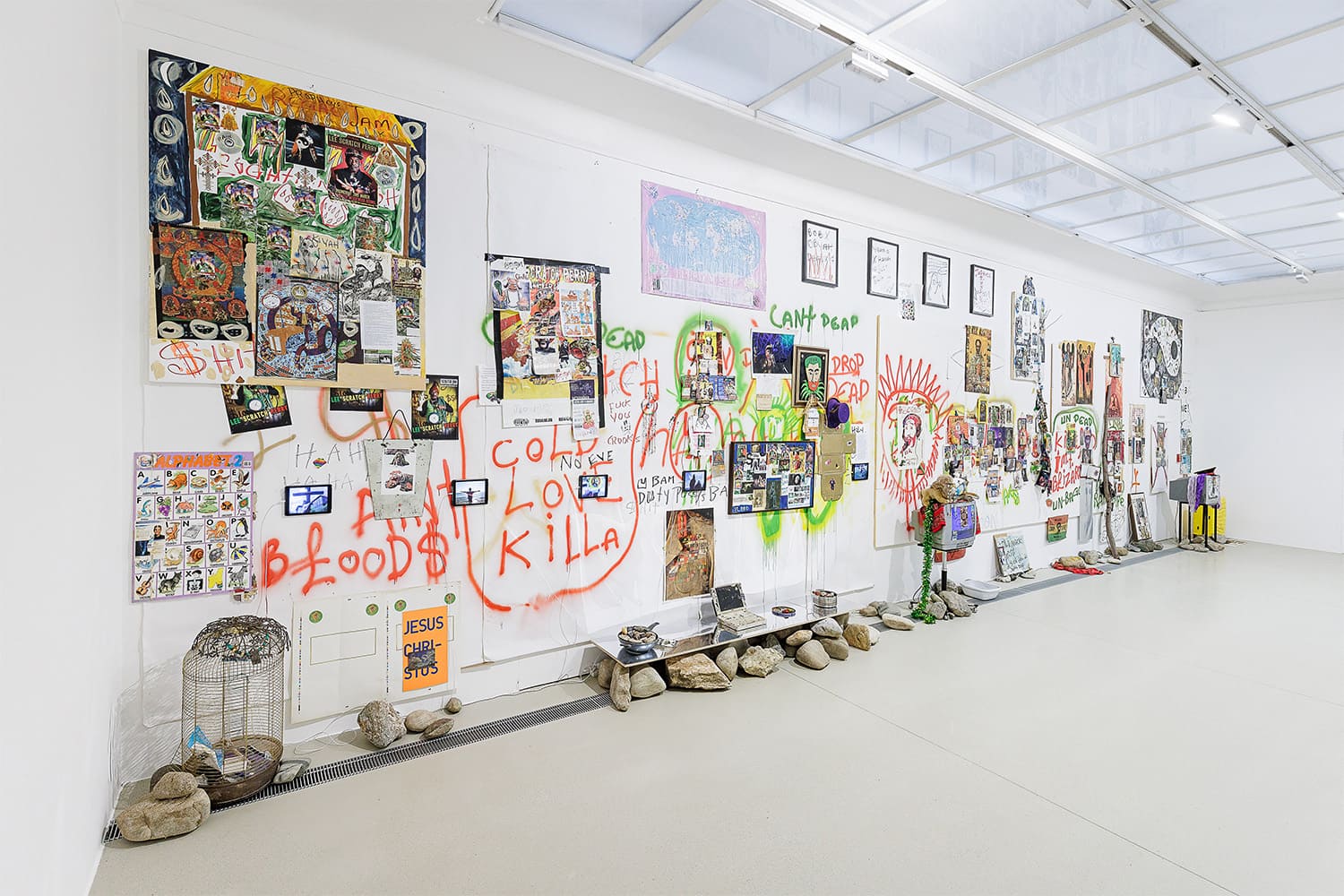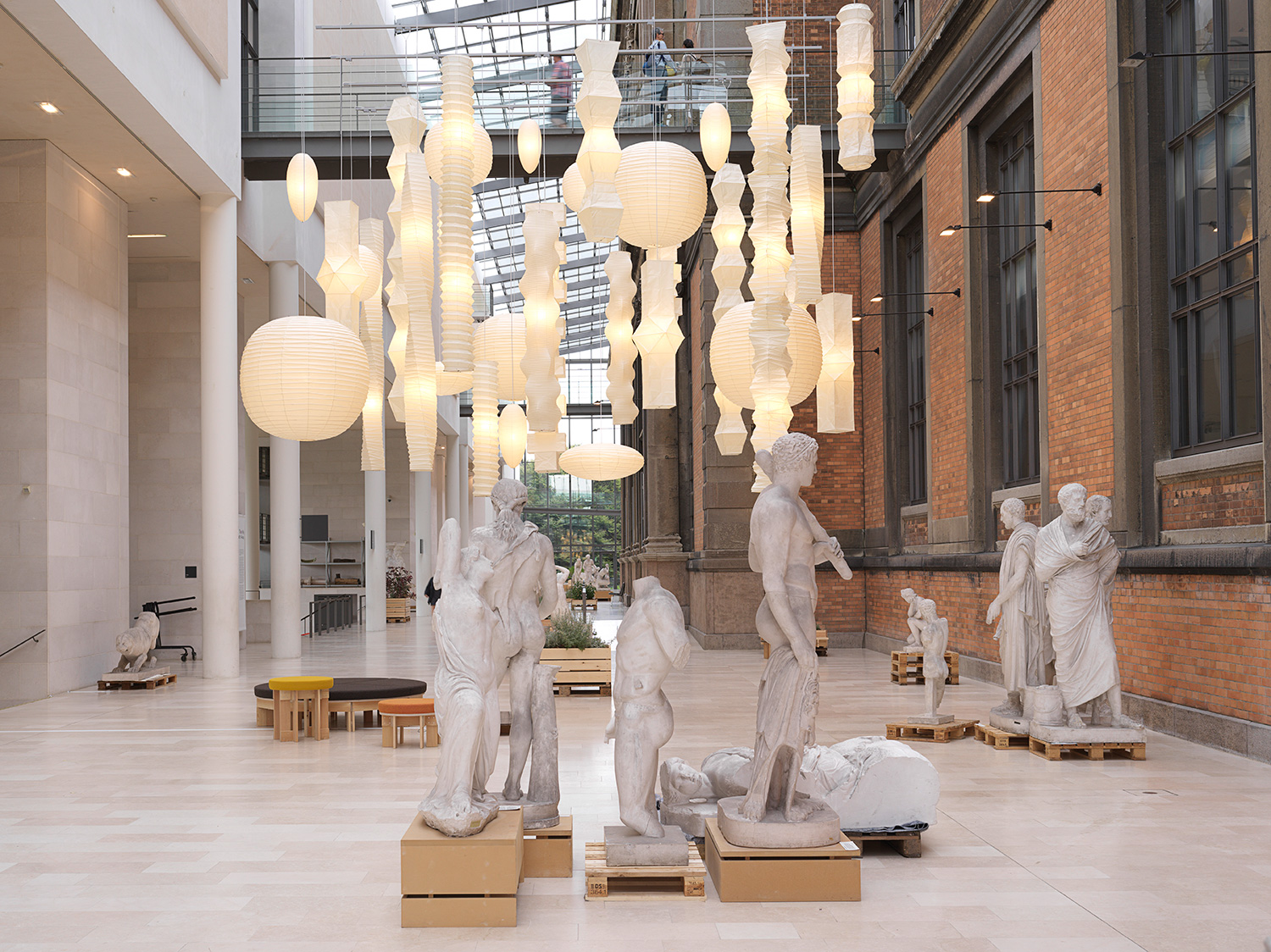The present day and our media-based access to reality are determined by a myriad of digital and analogue linkages of text and image. The signs and symbols are stacked high in our shelves and smartphones, in our in-boxes, and in social media. Everything is mutually overlapping and layered. Of course, the system of art is also subject to all of this in certain fields, but by no means not fully so. The exhibition “on affairs” takes the act of immersion into this gigantic ocean of images and words and the salvaging of fragments and pieces from this ocean as a figure that can characterize and describe the practices on display: by isolating certain signs and extracting particles from this phalanx and thus making them visible in a different way.
Separating out objects, images, and language has a long tradition in art, ranging from the readymade to minimal art, variations of pop art, of (post-)conceptual art, institutional critique, and relational aesthetics, right up to the forms of production of the present. Younger generations of artists draw on the rich history of challenging our media-based filters to perception of the world. The strategies they use are precise and diverse, and what they all share is an updated game with syntax, semantics, and materiality, with a high swell of art-immanence in waters that nonetheless need to be kept calm in the name of a concentrated perspective.
Ghislaine Leung works with the given infrastructure of the exhibition in question, and may, for example, have all the unused wall segments painted brown at eye level, and the water of a fountain rush. Sung Tieu’s sculptural practice encompasses furniture or architectural elements from safe rooms and prisons, combining these with text fragments from the interpretation of dreams and psychoanalysis. These linkages and new combinations lead to lasting impressions of the social repression of the individual. In Lorenza Longhi’s practice, visual elements from communication strategies and objects that play a particular role in the present day are reproduced and rearranged together, whereby the artist uses artisanal techniques to test and challenge their alleged neutrality. At the core of Noah Barker’s practice are questions of attention and communication, assessing the legacy of late modernism in the social prerogative of recent cultural programming. Models, memories, and patterns borne by previous productions of itself and others are deployed through integrative formats.
Vera Lutz is interested in closed systems, meaning on the one hand the hermetics of her own working processes, and also electricity circuits or guidance systems for blackout systems – albeit somewhat tongue in cheek. Milena Büsch looks at everyday and pop cultures and their representation in journals and magazines. She works over found photographs with her painting, focusing on the qualities of color that connect the different media. Carolyn Lazard’s work is interdisciplinary and cross-media, researching the social and political dimensions of the world of nursing at the interface of race, gender, and disability. With a focus on accessibility and dependence, their artworks and published writings present sickness as a location of surplus and collectivity. By means of language, actions, sounds and images, and through production, publication, exhibition, and fiction, the Studio for Propositional Cinema attempts to expand the formal and temporal conditions of given cultural formats beyond traditional consumer-based forms. The different variants of contemporary conceptual art that this exhibition brings together display a wide range of ways of addressing how art may be of assistance in better understanding and encountering our own time, as well as finding ways of negotiating it. Post-conceptual follows conceptual without the present-day relevance of its art becoming in any way exhausted in its future.
The different ways of isolating and selecting images lead not only to more clarity concerning their own specific qualities, but also their relationship to the object in its fragile diversity, whether in language, poetry, or form. In dialogue with this exhibition, HALLE FÜR KUNST Steiermark is also presenting “sink” , a solo show by the Austrian conceptual artist Heinrich Dunst. The two exhibitions are accompanied by a joint program of events and a publication (saxpublishers, Vienna).

